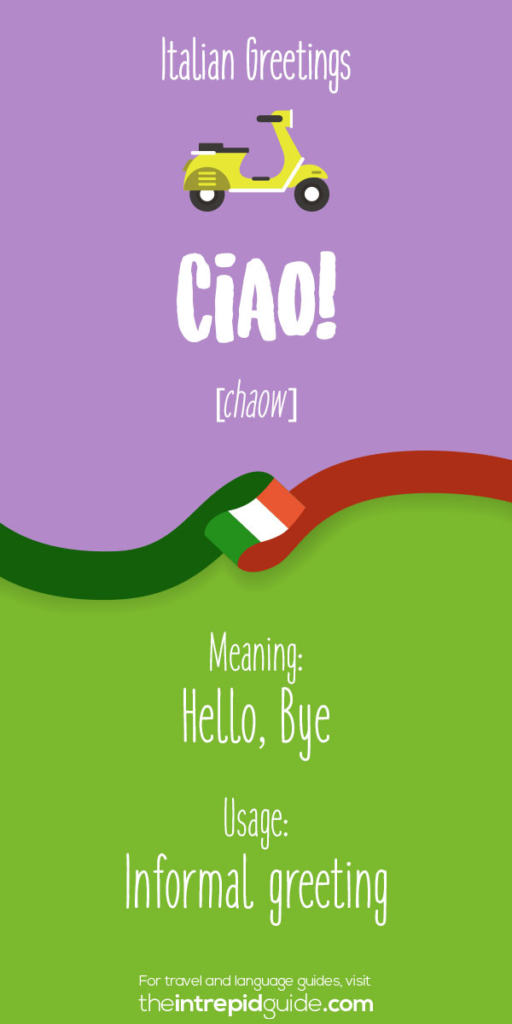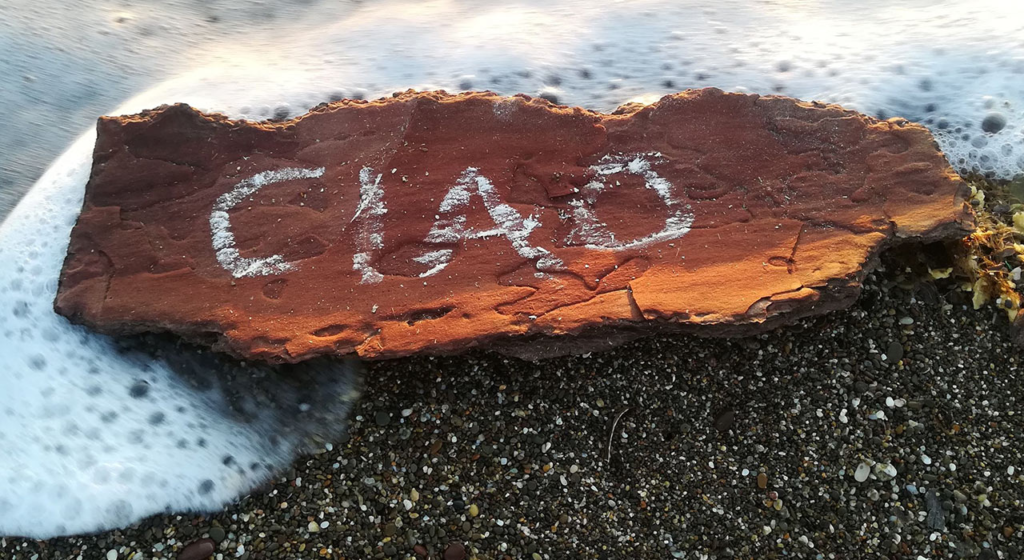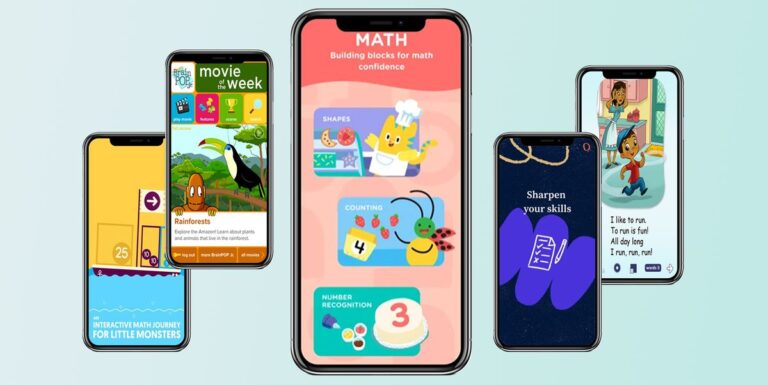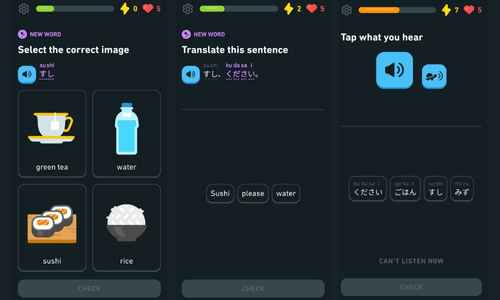Are you planning to visit Italy soon? Do you want to learn some basic Italian phrases before your trip? Then you must know how to say hello in italian, which is “ciao.” In this article, we will provide you with a complete guide on how to greet people in Italian, along with some useful tips for language learners.
Table of Contents
Basic Italian Greetings

Apart from “ciao,” there are several other ways to say hello in italian depending on the time of the day and the formality of the situation. For instance, “Buongiorno” means “good morning” and is used until midday. “Buona sera” means “good evening” and is used after sunset until nighttime. “Buona notte” means “good night” and is used when you are saying goodbye for the night.
Greetings for Different Situations
Italians are known for their warmth and friendliness, and they appreciate it when visitors make an effort to learn their language. Depending on the situation, you can use different greetings to make a good impression. For example, if you are meeting someone for the first time, you can say “piacere di cognoscenti” (nice to meet you). If you are greeting someone in a formal setting, you can use “salve” or “Buona sera signore/signora” (good evening sir/madam).
Non-Verbal Greetings

In Italy, non-verbal communication is just as important as verbal communication. When you greet someone, it is customary to give them a firm handshake or a kiss on both cheeks (starting with the left). However, this may vary depending on the region and the relationship between the people. In Southern Italy, for example, it is more common to give three kisses on the cheeks.
Tips for Language Learners

Learning a new language can be challenging, but it can also be a rewarding experience. If you want to learn Italian, there are several resources available, such as online courses, textbooks, and language exchange programs. Here are some tips to help you get started:
- Start with the basics: Learn the most common Italian phrases and vocabulary first, such as greetings, numbers, and basic verbs.
- Practice regularly: Make a habit of practicing Italian every day, even if it’s just for a few minutes. You can use language learning apps, watch Italian movies or TV shows, or listen to Italian music to immerse yourself in the language.
- Speak with native speakers: The best way to improve your Italian skills is to speak with native speakers. You can find language exchange programs online or in person, where you can practice speaking with Italians and get feedback on your pronunciation and grammar.hello in italian.
- Don’t be afraid to make mistakes: Learning a new language involves making mistakes, and it’s perfectly normal. Don’t be afraid to speak Italian, even if you make errors. Italians are known for their patience and willingness to help language learners.
Conclusion
Learning how to say hello in italian is just the first step in mastering the language. By following these tips and practicing regularly, you can improve your Italian skills and communicate more effectively with Italians. Whether you are a traveler or a language learner, knowing how to greet people in Italian can make your experience in Italy more enjoyable and rewarding. So, go ahead and say “ciao” to the world of Italian language and culture!hello in italian.
In conclusion, greeting people in Italy is an important part of the Italian culture. Knowing how to say hello in italian, along with other basic greetings, can help you make a good impression and connect with locals. As a language learner, it’s essential to practice regularly and immerse yourself in the language as much as possible. With the right mindset and resources, anyone can learn Italian and discover the beauty of this romantic language.hello in italian.
In addition to learning greetings and basic phrases, it’s important to understand the cultural context behind them. Italians value politeness and respect, and using the appropriate greeting can help establish a positive relationship. For instance, when greeting an older person, it’s common to use the formal “lei” instead of the informal “tu.” Similarly, in a business setting, it’s important to use formal greetings and titles to show respect.
As a traveler, knowing how to say hello in italian can also help you navigate different situations. For example, if you’re lost or need directions, you can approach a local and say “scusi” (excuse me) or “Buongiorno” and ask for help. Similarly, if you’re ordering food or shopping, using polite greetings and phrases can help you make a good impression and get better service.
In conclusion, learning how to say hello in italian is a small but essential step in learning the language and connecting with Italians. Whether you’re a traveler or a language learner, taking the time to understand the cultural context behind greetings and using them appropriately can help you build positive relationships and have a more fulfilling experience in Italy. So don’t be afraid to say “ciao” and immerse yourself in the rich language and culture of Italy!
learn about: Say ‘Konnichiwa’ to the ultimate guide for beginners on mastering hello in Japanese – Start your language journey today









